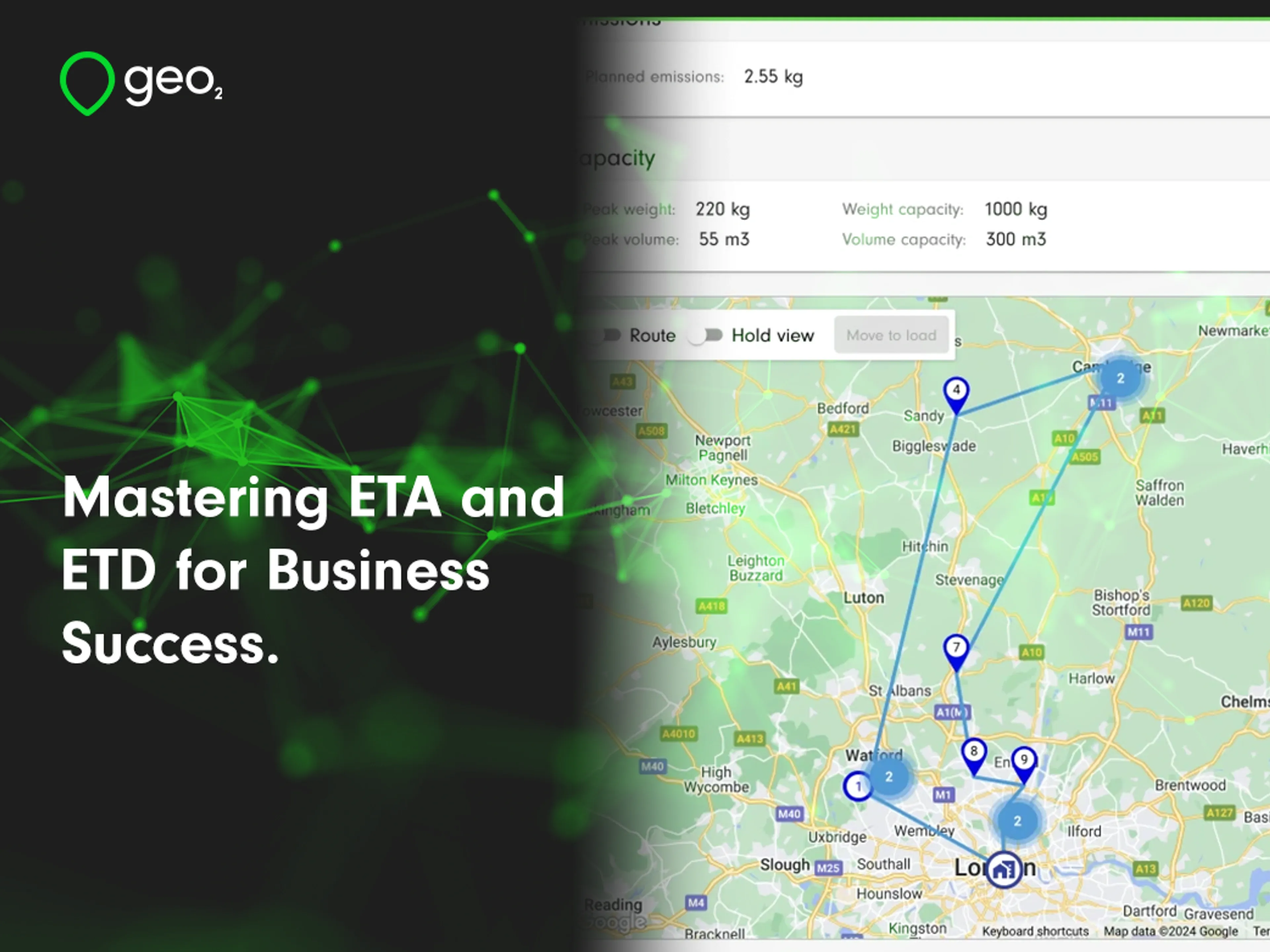What is the Economic Order Quantity Formula?
The Economic Order Quantity (EOQ) formula is a key tool in inventory management. It helps businesses determine the number of units they should order each time to minimize the combined costs of ordering and holding inventory. These include setup costs, such as the cost per order, and holding costs per unit, like storage expenses and insurance.
Here’s the EOQ formula:
EOQ = √(2 x D x S / H)
Where:
- D = Annual Demand (units sold per year)
- S = Setup Costs (cost per order)
- H = Holding Costs (cost to store one unit for a year)
The EOQ formula helps find a balance between two extremes. Ordering too frequently leads to higher setup costs. On the other hand, ordering too much at once increases carrying costs and ties up money in excess inventory.
Calculating the ideal order size helps businesses optimize their supply chains. It ensures they are meeting demand and lowers the risk of stockouts. The EOQ model works well for businesses with steady demand, fixed costs, and reliable lead times.
Benefits of the EOQ Model
Using the EOQ model offers a range of advantages for businesses, particularly those focused on driving efficiency in their supply chains. Here’s why it’s so beneficial:
1. Cost Reduction
The EOQ model helps businesses save money. It lowers the costs of ordering and storing inventory, which improves cash flow and profitability. By finding the ideal order size, companies avoid overstocking or frequent ordering, both of which can be costly.
2. Avoid Inventory Shortages
With EOQ, businesses can better predict their replenishment needs, reducing the risk of running out of stock. This enables them to meet customer demand consistently, which is crucial for maintaining customer satisfaction and loyalty.
3. Improved Supply Chain Efficiency
The EOQ formula streamlines inventory management, making it easier to plan orders and maintain optimal inventory levels. This can strengthen relationships with suppliers by providing clear, predictable ordering patterns.
Understanding the Components of EOQ
To calculate EOQ effectively, you need to understand three key variables:
1. Annual Demand (D)
This is the total number of units you expect to sell in a year. Accurate demand forecasting is crucial to calculate EOQ. For example, if your business sells 10,000 units per year, D = 10,000 units per year. Use historical sales data to estimate annual demand, and adjust for seasonal trends or expected growth.
2. Setup Costs (S)
These are the fixed costs associated with placing an order, regardless of the order size. Examples include administrative costs, processing fees, or shipping costs. If it costs £100 to place one order, S = £100 cost per order.
3. Holding Costs (H)
Holding cost is the total expense of storing one unit of inventory for an entire year. This includes costs like warehousing, insurance, and depreciation. For example, if it costs £5 to store one unit annually, H = £5 holding cost per unit.
Calculating EOQ: A Step-by-Step Example
Let’s walk through an example to see how the EOQ formula works:
- Annual Demand (D): Your business sells 5,000 units per year.
- Setup Costs (S): It costs £50 to process each order.
- Holding Costs (H): Storing one unit for a year costs £2.
Using the formula EOQ = √(2 x D x S / H):
EOQ = √(2 x 5,000 x 50 / 2) = √(500,000 / 2) = √250,000 = 500 units
This means your ideal order size is 500 units. Ordering this amount each time will minimize your total inventory costs.
Why EOQ Matters for Inventory Optimization
The EOQ model is key to optimizing inventory. It offers a data-driven approach to balance costs and demand. Here’s why it’s so effective:
1. Reduces Ordering Costs
In traditional inventory management, businesses place orders based on intuition or historical patterns. This can lead to over-ordering, resulting in higher ordering costs. With EOQ calculations, you can determine the exact quantity needed to minimize these costs.
2. Minimizes Holding Costs
Holding costs refer to the expenses associated with storing inventory, such as storage fees and insurance. By calculating the ideal order size with EOQ, you can reduce your holding costs by keeping only the necessary amount of inventory on hand.
3. Prevents Stockouts
Stockouts occur when a business runs out of stock for a particular item. This can result in lost sales and dissatisfied customers. With EOQ calculations, you can ensure that
When EOQ Works Best
The EOQ model is most effective under the following conditions:
- Steady Demand: Sales volume remains consistent throughout the year.
- Fixed Costs: Setup and holding costs don’t vary significantly over time.
- Reliable Lead Times: Suppliers deliver products on time, ensuring predictable replenishment cycles.
However, the standard EOQ formula isn't a perfect fit for every business. For example, companies that handle seasonal demand, perishable goods, or fluctuating costs may need to adjust it to account for these factors.
Enhancing the EOQ Formula
While the EOQ model is powerful on its own, pairing it with additional tools can further improve inventory management:
1. Reorder Point Formula
The reorder point is the inventory level at which you need to place a new order to avoid stockouts. Here’s the formula:
Reorder Point = (Average Daily Demand x Lead Time) + Safety Stock
2. Safety Stock
Keep extra inventory on hand to cover unexpected spikes in demand or delays in lead times. This acts as a buffer to ensure you’re always meeting demand.
3. Inventory Management Software
Modern tools automate EOQ calculations and track real-time changes in demand, lead times, and costs. Software like Geo2 integrates the EOQ model with advanced analytics, helping businesses make smarter, data-driven decisions.
Common EOQ Mistakes to Avoid
To get the most out of the EOQ model, avoid these common pitfalls:
- Using Bad Data: Inaccurate figures for annual demand, setup costs, or holding costs lead to incorrect calculations.
- Ignoring Changes: Update your EOQ regularly to reflect fluctuations in demand, costs, or supplier lead times.
- Over-reliance on the Formula: While EOQ is a helpful tool, it should be paired with real-world considerations, such as promotions or supplier reliability.
Conclusion
Take Control of Your Inventory with EOQ
The Economic Order Quantity formula helps businesses optimize their supply chains and reduce costs. It also helps maintain the right inventory levels. By finding the ideal order size, you can simplify your inventory process. This prevents costly inventory shortages and ensures you meet customer demand.
Start by gathering accurate data on annual demand, setup costs, and holding costs per unit. Use the EOQ formula to find the ideal order quantity. For even better results, pair it with tools like safety stock and reorder points. EOQ helps you make smarter inventory decisions and grow your business.
FREQUENTLY ASKED QUESTIONS
The EOQ formula helps businesses determine the ideal order size that minimizes total inventory costs by balancing setup costs and holding costs.
Related posts

Mastering OTIF: An On-Time In-Full Transport Operation.
In today's fast-paced business world, success hinges on one crucial measure — On-Time In-Full. OTIF is no isolated term. It shows how well a supply chain works, reflecting how goods move from factories to customers with punctuality and precision. For logistics and supply chain professionals, doing well in On-Time In-Full is like putting on a show that goes beyond customer expectations and meets the CFO's focus on keeping costs low.

Rota Maker: Simplify Your Shift Planning
Creating an effective shift plan is essential for a well-functioning team, especially for delivery drivers. A clear rota ensures seamless operations by outlining who is working and when. However, drafting an efficient schedule can be challenging without the right tools. That’s where a rota maker comes in—streamlining the process and removing the guesswork from shift planning. This guide explores tools like rota templates, rota calculators, and route planners. These can help you create accurate schedules, optimize delivery routes, and manage costs.

Mastering ETA and ETD for Business Success
In today's fast-paced world, accurate timing can make or break a business. Whether it's about delivering goods to customers or managing project timelines, mastering Estimated Time of Arrival and Estimated Time of Departure is crucial for logistics managers, project coordinators, and businesses alike. This comprehensive guide will walk you through everything you need to know about ETA and ETD, helping you improve customer satisfaction, operational efficiency, and overall business success.
